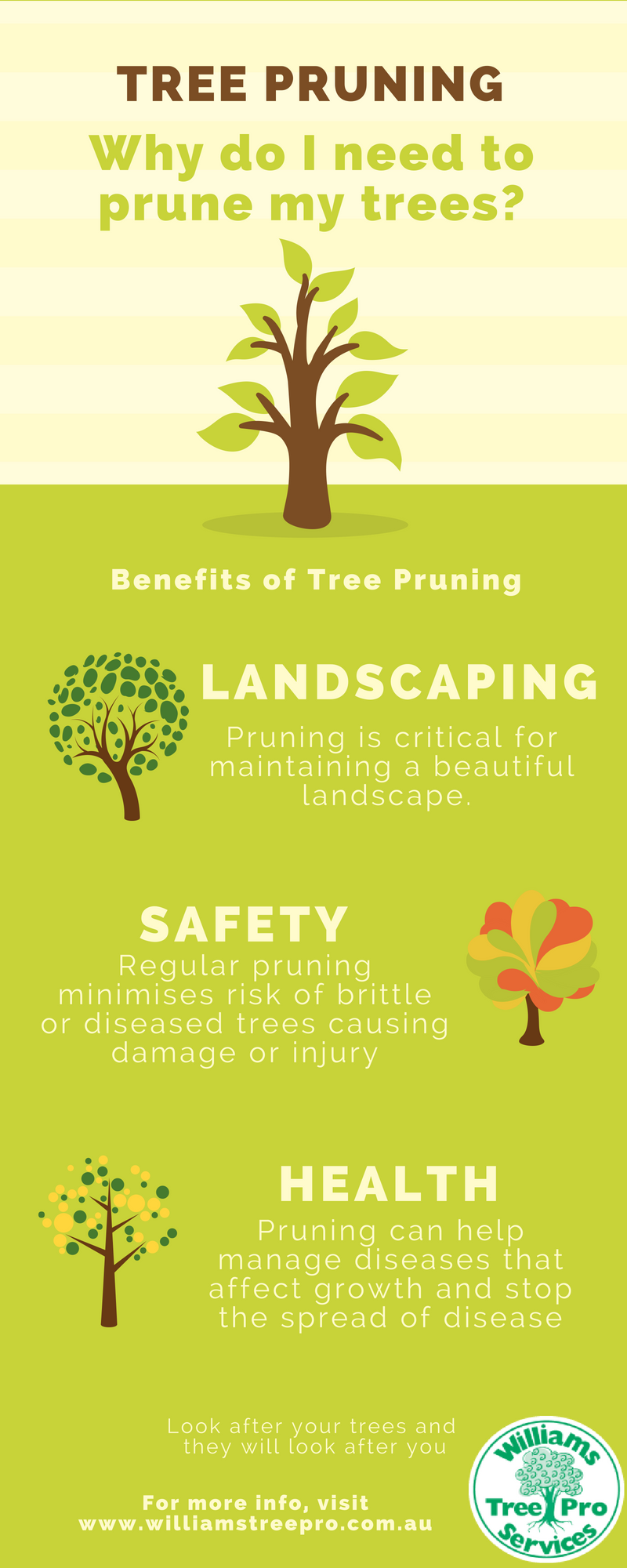Assessing Tree Health: Guidelines For Picking Tree Elimination
Assessing Tree Health: Guidelines For Picking Tree Elimination
Blog Article
Uploaded By-Fields Bright
If you have actually ever wondered about the fate of the trees on your building, understanding when it's time for removal is important. But just how do you determine if a tree can be saved or if removal is the only option? By seeking specific indications and evaluating safety and security threats, you can make enlightened choices that profit both your landscape and your surroundings. Allow's explore the crucial aspects that enter play when determining the destiny of a tree and exactly how you can make certain the best outcome for your environment-friendly companions.
Indicators of Tree Decrease
If you see any of the following indications of tree decrease in your backyard, it may be time to consider tree removal.
One typical indicator is dead or rotting branches, which can show underlying issues affecting the tree's health and wellness. Keep an eye out for discolored or wilted leaves that linger even with appropriate care, as this could be an indicator of disease or pests.
An additional warning signal is excessive leaning or a recognizable change in the tree's base, which may suggest root problems or architectural instability. Watch out for fungal development on the trunk or roots, as this can show rot and jeopardize the tree's stability.
In addition, if you observe huge cracks in the trunk or major limbs, it's important to address these concerns immediately to prevent possible risks. Resolving these signs of tree decline without delay can assist keep the security and visual appeals of your yard setting.
Security Worries
To ensure the health of your building and those around you, prioritizing safety and security issues related to trees is critical. Trees can present different safety and security risks otherwise correctly preserved. Dead or decaying branches may fall all of a sudden, endangering individuals or destructive structures.
Leaning trees can likewise be unsafe, specifically if they're leaning in the direction of a structure or high-voltage line. Furthermore, trees with comprehensive root systems near foundations or below ground utilities can cause substantial damages with time.
visit the following page to on a regular basis evaluate your trees for any kind of indicators of prospective threat. Keep https://www.denverpost.com/2017/02/17/spring-2017-landscaping-tips-plans/ out for cracks in the trunk, large cavities, or indications of disease and decay. If you see any of these issues, it's best to seek advice from a specialist arborist to evaluate the situation and identify the essential course of action.
Taking proactive steps to address safety worries promptly can protect against crashes and residential or commercial property damage in the future. Keep in mind, the safety of your home and those around you must constantly be the leading concern when it comes to tree upkeep.
Consulting an Arborist
When taking into consideration the health and wellness of your trees, consulting an arborist is an essential step. Arborists are educated professionals who concentrate on the care and maintenance of trees. They can analyze the total health and wellness of your trees, identify any kind of concerns such as diseases or architectural issues, and provide experienced recommendations on the most effective course of action.
By seeking advice from an arborist, you can receive beneficial understandings right into the condition of your trees and figure out whether elimination is required. Arborists have the understanding and experience to examine the risks connected with keeping a tree versus removing it. They can additionally use advice on alternate services, such as pruning, cabling, or bracing, to assist maintain the tree whenever possible.
Moreover, arborists can assist you navigate any type of local regulations or permits that might be needed for tree removal. Their experience can make sure that the procedure is executed safely and in compliance with any suitable laws.
Final thought
In conclusion, when identifying whether trees can be conserved or if removal is needed, it is very important to consider signs of decrease and safety problems. Consulting an arborist for a detailed evaluation is crucial in making the most effective decision for the tree's health and potential hazards. Remember, positive treatment and timely action can assist preserve trees and avoid accidents.
